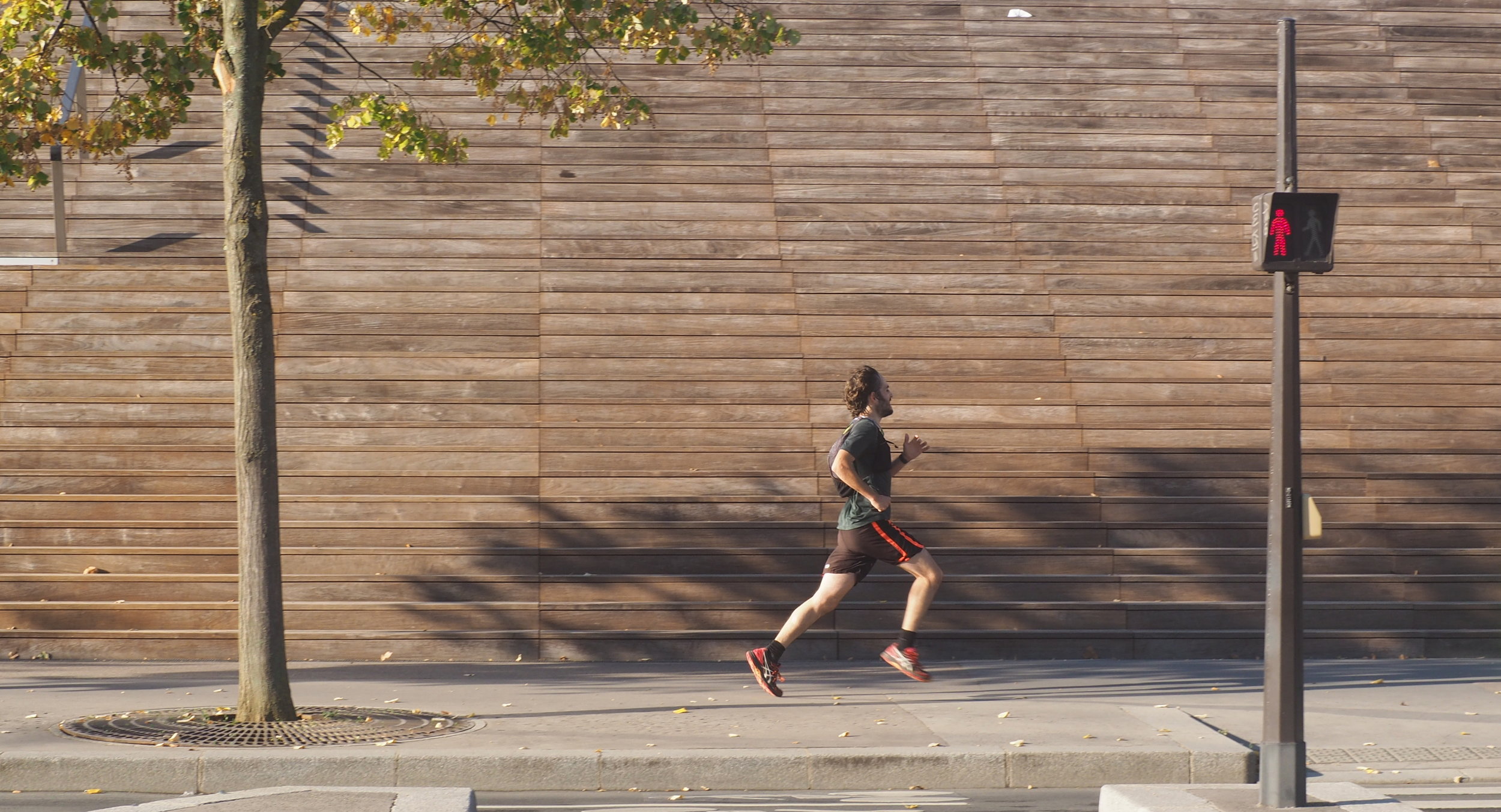#29 Older Runners
SNAPSHOT
OLD, a word I dislike. The word old takes away all the beneficial qualities of years of experience, knowledge, and mastery. I prefer the word MASTERS. In running once you pass your 40th birthday you are officially a masters runner. The men and women masters runners that I have trained and raced with throughout the years have colored my world, broken glass ceilings, and taught me the value of patience. THANK YOU!
DIGGING DEEPER
#1 You’re not old! You are still a growing developing individual seeking new challenges and experiences.
#2 You’re not who you use to be. Your mind is stronger, your actions wiser, and your experiences are more vast. However, your body has changed along with time. Don’t try to relive the past, instead forge a new future.
#3 Your past mileage counts for a lot! You have this wide foundation in which to draw upon. Don’t train like a beginner, train like an experienced runner.
Run Less Run Faster by Bill Pierce is my favorite book (I even have a signed copy from meeting him at a coaching seminar) detailing how to train as a masters runner. The combination of Pierce and training with the Willow Street Athletic Club’s masters runners I have shown me you can be an impressive runner into your master years.
HOW TO BE A MASTERS RUNNER
Strive For Realistic Goals and Progressions - Be your current YOU. You are impressive. I admire you. I want to be a masters runner chasing current personal records, just like you. As you progress through your training season give yourself flexibility in your training. You may have more traveling to navigate around or need extra time to recover from illness. Lower your expectations in training and racing and enjoy the experience and friendship community you have grown.
Complete Three Quality Runs- Quick, Steady, and Long. Hit these three paces most weeks of your training season and you will be set for toeing the line at your favorite races. The workouts don’t need to be long, just consistent. Your body has a great memory, able to rebuild central nervous, metabolic, and muscular systems quicker than in your early years of running.
Do Critical Cross-Training - Cash in all your years of mileage and replace some of your easy runs with cross-training activities. Recovery is critical for all runners, but especially for you. You need a few more days of recovery than in your early years. Enjoy cross-training and less pressure for weekly mileage goals.
Be Strong - You loose muscle each birthday year, shore up your muscle fiber count with a couple of short strengthen sessions a week, bodyweight training is quick and effective.
Stay Flexible - Be bendable. With the flexibility will come better mobility (a key to fewer injuries)
Be Adventurous- Yes, completing your 20th Thanksgiving Turkey Trot is admirable but you may find joy in trying a new distance, location, or terrain. Shake up your racing schedule and try a new race.
SOLUTION
Masters runner, YOU AMAZE ME!
ONE DAY LEFT in my QUEST —This 30-day series is a quest for me as a writer, coach, and runner. I promise to write about running for 30 days in a row. In doing so I intend to gain in knowledge and expression of running and daily life. My hope is that we all grow together.




















